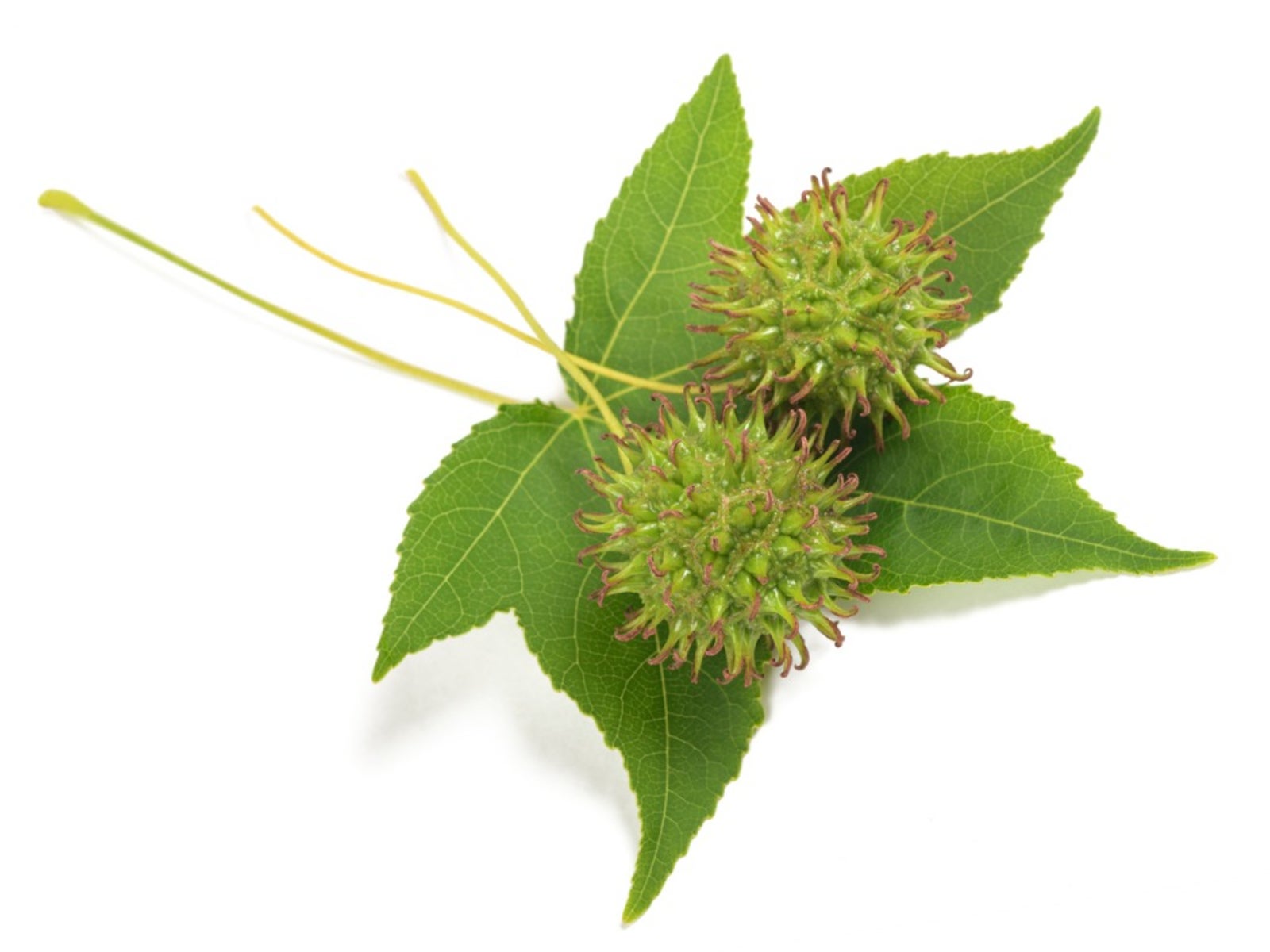

Pricing/Availability: Because the sapwood is so wide, only older mature trees will yield the darker Redgum heartwood lumber. See the articles Wood Allergies and Toxicity and Wood Dust Safety for more information. Responds moderately well to steam bending.Īllergies/Toxicity: Although severe reactions are quite uncommon, Sweetgum has been reported to cause skin irritation. (After initial drying, distortion is significantly less, but the wood still experiences an appreciable amount of movement in service.) Turns, glues, stains, and finishes well. Sweetgum is known to warp and distort badly during initial drying. Workability: Generally easy to work, though planing can produce tearout due to interlocked grain.

Rot Resistance: Heartwood sections are rated as moderately durable to non-durable regarding decay resistance, while the sapwood is perishable. Good natural luster, this wood has sometimes been called “satin walnut.”Įndgrain: Diffuse-porous small pores in no specific arrangement, very numerous exclusively solitary and/or in radial multiples of 2-3 tyloses common growth rings indistinct rays not visible without lens parenchyma not visible with hand lens. Grain/Texture: Grain is interlocked, with a very fine, uniform texture. Shrinkage: Radial: 5.3%, Tangential: 10.2%, Volumetric: 15.8%, T/R Ratio: 1.9Ĭolor/Appearance: Wide sapwood is whitish to light pink or tan color, and is sometimes referred to as “sapgum” or “sweetgum.” Heartwood is gray to reddish brown, and is commonly referred to as “redgum.” Heartwood with darker black streaks is called “figured redgum.” Quartersawn pieces have a ribbon-stripe appearance. This species is native to parts of North America.Common Name(s): Sweetgum, Redgum, Sapgum, satin walnut It is somewhat tolerant of urban pollution. It is very fussy about its soil conditions and must have rich, acidic soils to ensure success, and is subject to chlorosis (yellowing) of the foliage in alkaline soils. It prefers to grow in average to moist conditions, and shouldn't be allowed to dry out.
#SWEET GUM TREE FULL#
This tree should only be grown in full sunlight. It grows at a fast rate, and under ideal conditions can be expected to live for 80 years or more. As it matures, the lower branches of this tree can be strategically removed to create a high enough canopy to support unobstructed human traffic underneath. It has a high canopy of foliage that sits well above the ground, and should not be planted underneath power lines.

Sweet Gum will grow to be about 70 feet tall at maturity, with a spread of 50 feet. Sweet Gum is recommended for the following landscape applications Gardeners should be aware of the following characteristic(s) that may warrant special consideration Deer don't particularly care for this plant and will usually leave it alone in favor of tastier treats. This is a high maintenance tree that will require regular care and upkeep, and is best pruned in late winter once the threat of extreme cold has passed. Its average texture blends into the landscape, but can be balanced by one or two finer or coarser trees or shrubs for an effective composition. Sweet Gum is a deciduous tree with a strong central leader and a shapely oval form.

However, the fruit can be messy in the landscape and may require occasional clean-up. The lobed palmate leaves turn an outstanding crimson in the fall. Sweet Gum has forest green deciduous foliage on a tree with an oval habit of growth. A tall, spreading shade tree with interestingly shaped leaves that turn brilliant yellow, orange, red and purple in fall somewhat particular about growing conditions fruit is spiny and can be somewhat messy, use where this will not be a problem


 0 kommentar(er)
0 kommentar(er)
